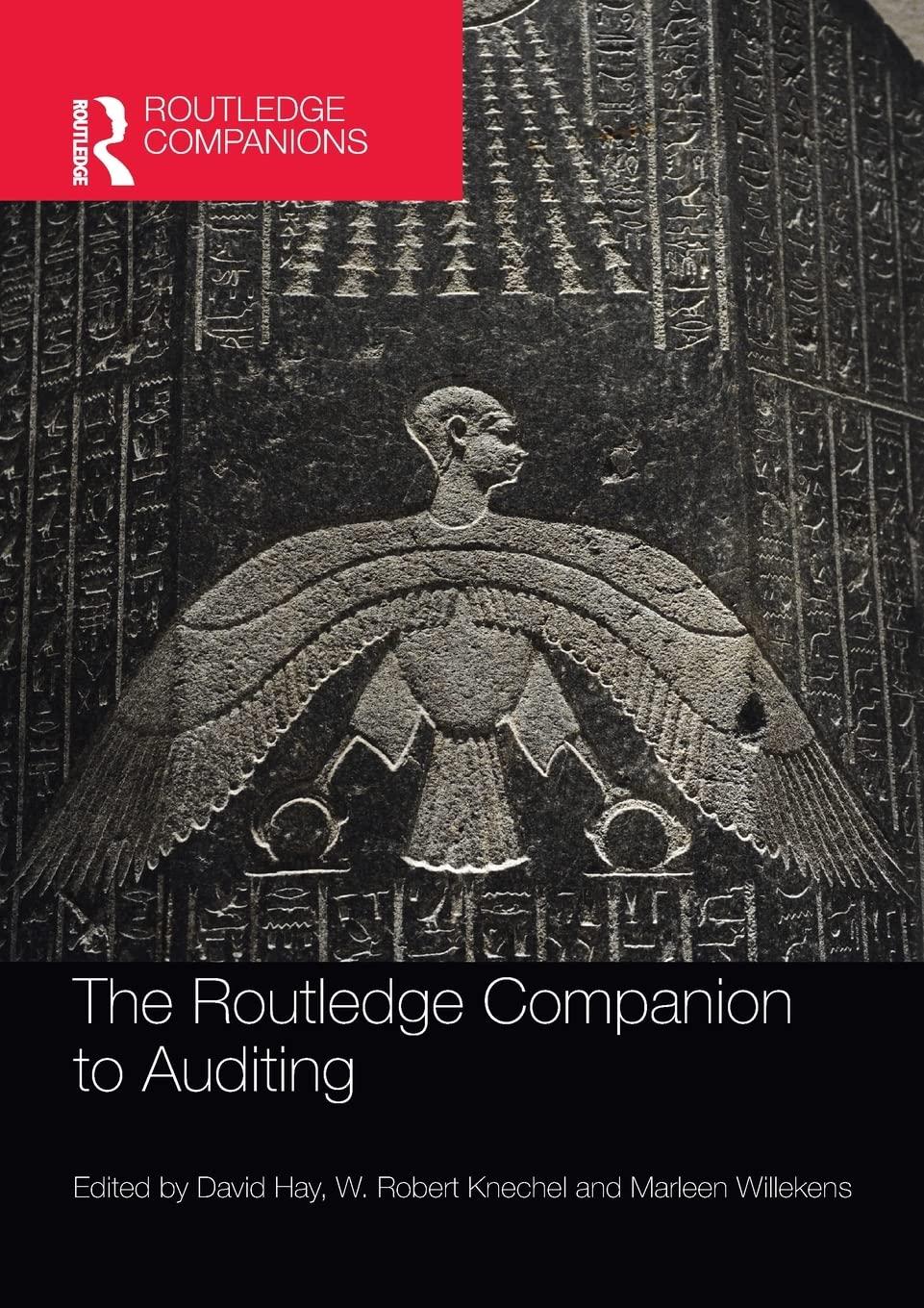




Actual Cost Information Direct Materials $ 45,320 (206,000 parts @ $ (1,600 hours @ $ 0.22 per part) 9.10 per hour) Direct Labor 14,560 15,000 Variable Manufacturing Overhead Fixed Manufacturing Overhead 28,000 Standard Cost Information Quantity Cost Direct Materials 2 parts $ 0.17 per part Direct Labor 0.02 hours 9.00 per hour Variable Manufacturing Overhead 0.02 hours 10.00 per hour Fixed Manufacturing Overhead ($28,500 for static budget volume of 95,000 units and 1,900 hours, or $15 per hour) Actual Cost Information Direct Materials $ 45,320 (206,000 parts @ (1,600 hours @ 0.22 per part) 9.10 per hour) Direct Labor 14,560 15,000 Variable Manufacturing Overhead Fixed Manufacturing Overhead 28,000 Requirement 1. Compute the cost and efficiency variances for direct materials and direct labor. Begin with the cost variances. Select the required formulas, compute the cost variances for direct materials and direct labor, and identify whether each variance is favorable (F) or unfavorable (U). (Abbreviations used: AC = actual cost; AQ = actual quantity; FOH = fixed overhead; SC = standard cost; SQ = standard quantity.) Formula Variance Direct materials cost variance = Direct labor cost variance Next compute the efficiency variances. Select the required formulas, compute the efficiency variances for direct materials and direct labor, and identify whether each variance is favorable (F) or unfavorable (U). (Abbreviations used: AC = actual cost; AQ = actual quantity; FOH = fixed overhead; SC = standard cost; SQ = standard quantity.) Formula Variance Direct materials efficiency variance = II Direct labor efficiency variance Requirement 2. For manufacturing overhead, compute the variable overhead cost and efficiency variances and the fixed overhead cost and volume variances. Now compute the variable overhead cost and efficiency variances. Select the required formulas, compute the variable overhead cost and efficiency variances, and identify whether each variance is favorable (F) or unfavorable (U). (Abbreviations used: AC = actual cost; AQ = actual quantity; FOH = fixed overhead; SC = standard cost; SQ = standard quantity; VOH = variable overhead.) Formula Variance VOH cost variance VOH efficiency variance Now compute the fixed overhead cost and volume variances. Select the required formulas, compute the fixed overhead cost and volume variances, and identify whether each variance is favorable (F) or unfavorable (U). (Abbreviations used: AC = actual cost; AQ = actual quantity; FOH = fixed overhead; SC = standard cost; SQ = standard quantity.) Formula Variance FOH cost variance FOH volume variance Requirement 3. HeadSound's management used better quality materials during September. Discuss the trade-off between the two direct material variances. They hoped these materials HeadSound's management knew that using higher quality materials would result in a(n) would result in more efficient usage than "standard" materials. The result was an overall (AC - SC) XAQ (AC - SC) X SQ (AQ - SQ) X AC (AQ - SQ) x SC Actual FOH - Allocated FOH Actual FOH - Budgeted FOH Budgeted FOH - Allocated FOH











